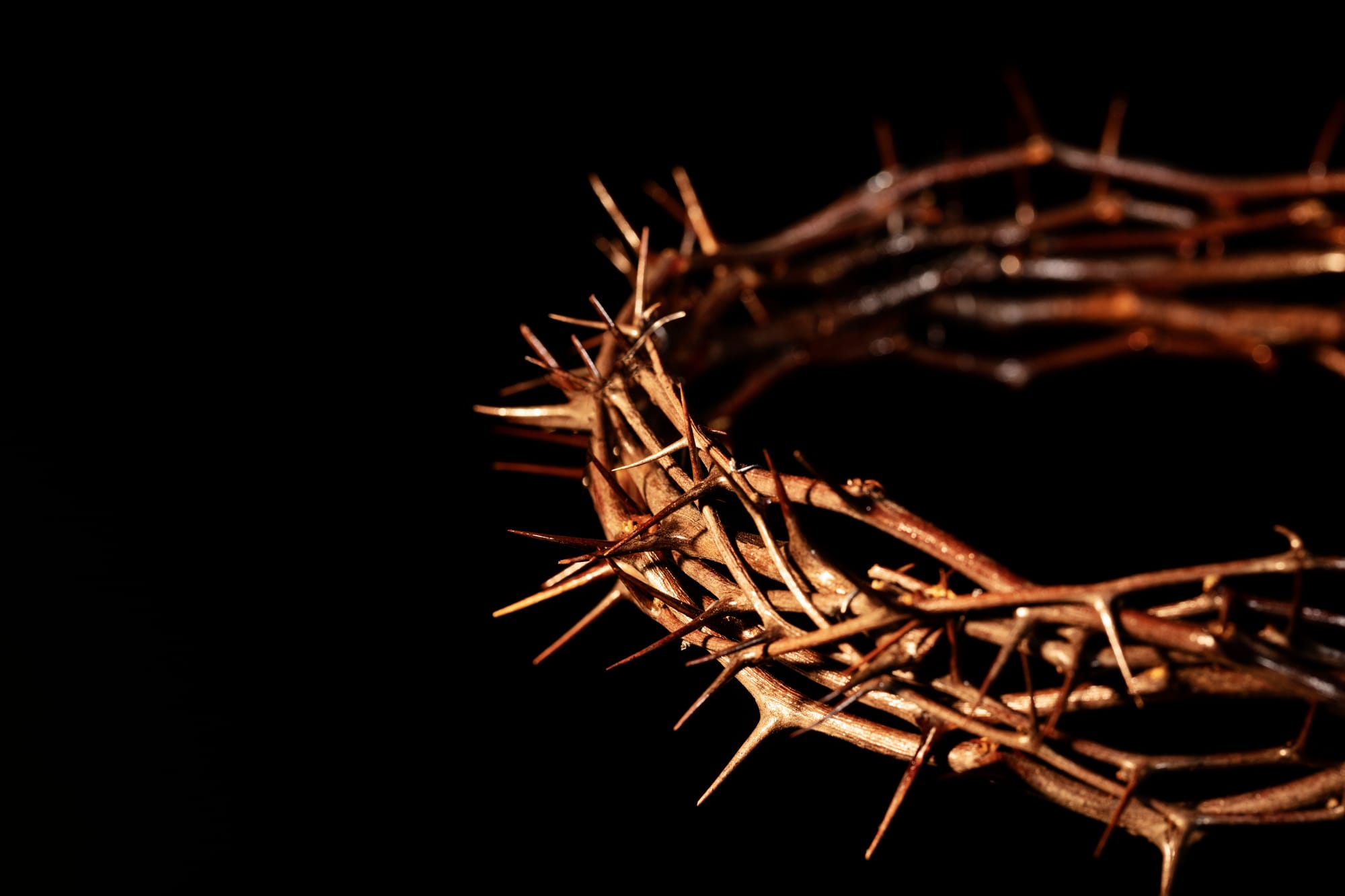The stigma on the forehead and the miracles of the death of Santa Rita de Cássia. Patroness of impossible causes

The stigma on the forehead
After divine intervention for Rita's entry into the convent of Saint Mary Magdalene, her life of profound dedication and devotion to God begins. During this period, then, when listening to the sermon of a Mass on Good Friday in 1443 that spoke about the pains of the Passion of Christ, she was very moved.
Returning to the convent, she went to the chapel, still contemplating the mysteries of Jesus' pain during his Calvary and crucifixion. Taken under strong compassion under her reflections, she asks God for permission to share in her sufferings.
At that moment, she was prostrate in front of a painting with the image of Our Lord crucified, when a thorn from His Crown that had just been painted stood out and hit the central part of her forehead, creating a stigma. She fell unconscious in the face of severe pain.
Upon regaining consciousness, the stigma wound was still there and remained for the next 15 years , causing sharp pains every day. But it wasn't just that. The fetid smell that exuded from that wound was terrible, so that the other sisters could not get close. She had to be isolated in a cell in the convent's tower during all these long years, which intensified her prayers, fasts and offering her sufferings to God even more - especially in the last 4 years, when she suffered the most.
The wound only closed for a brief period of time when Saint Rita asked to make a pilgrimage on foot with her sisters to Rome, as it was the jubilee of all Christendom, a holy year (1450). Initially her mother did not allow it, as the odor was too strong, as well as she was very sick and weak. She then asked God in prayer to heal the stigma until the end of the pilgrimage: she was immediately granted. Once the journey was over and back at the convent, the wound reopened again.
Over time, the stigma left her weaker and weaker, even going without food. On some of these occasions, she ate only the Eucharist. In this way, her sanctity became increasingly known in the community.

Source: Canção Nova
Saint Rita became the second saint to receive a stigma from God, preceded only by Saint Francis of Assisi. Interestingly, both are from nearby locations and were contemplated with strong supernatural actions of God through the elements of nature.
Miracles of his death and incorrupt body
On May 22, 1457, at the age of 76, Santa Rita died and returned to God.
Its stigma on the forehead closes and now begins to exude a scent of roses, as well as a strong light! At this moment, the bells of the convent and those of the city of Cássia begin to ring miraculously by supernatural hands - inviting the population to acclaim their saint who was now with God.
The construction of his coffin was in charge of a great master of Cássia, Cecco Barbari. However, he was crippled in his hands, which led him to say when he saw the body of the saint: "if I were not crippled, I would build the coffin". Immediately his hands were healed until he completed the construction!
Another similar miracle happened with the nun Catarina Mancini, who had a paralyzed arm. By embracing Santa Rita on her deathbed, she had her arm fully restored to movement. Around her tomb, there were several reports of perfume smells coming out of her remains.
After more than 150 years, in 1627, his body was examined for the first time, and it was found to be in perfect condition, incorrupt. In the records of the diocese, there are still impressive reports over the years, such as: levitation of the body, Saint Rita's eyes opening and closing, as well as her body moving.
She was canonized by Pope Leo XIII in 1900. Since 1947 her body can be seen in a silver and crystal urn in the Basilica of Saint Rita of Cascia, in Cascia.
References: TV Evangelizar, Santuário Santa Rita de Cássia Casa dos Devotos, Blog Canção Nova, Centenário Arquidiocese de Maceió, Santuário de Santa Rita, Christo Nihil Præponere, Paróquia Santa Rita de Cássia